
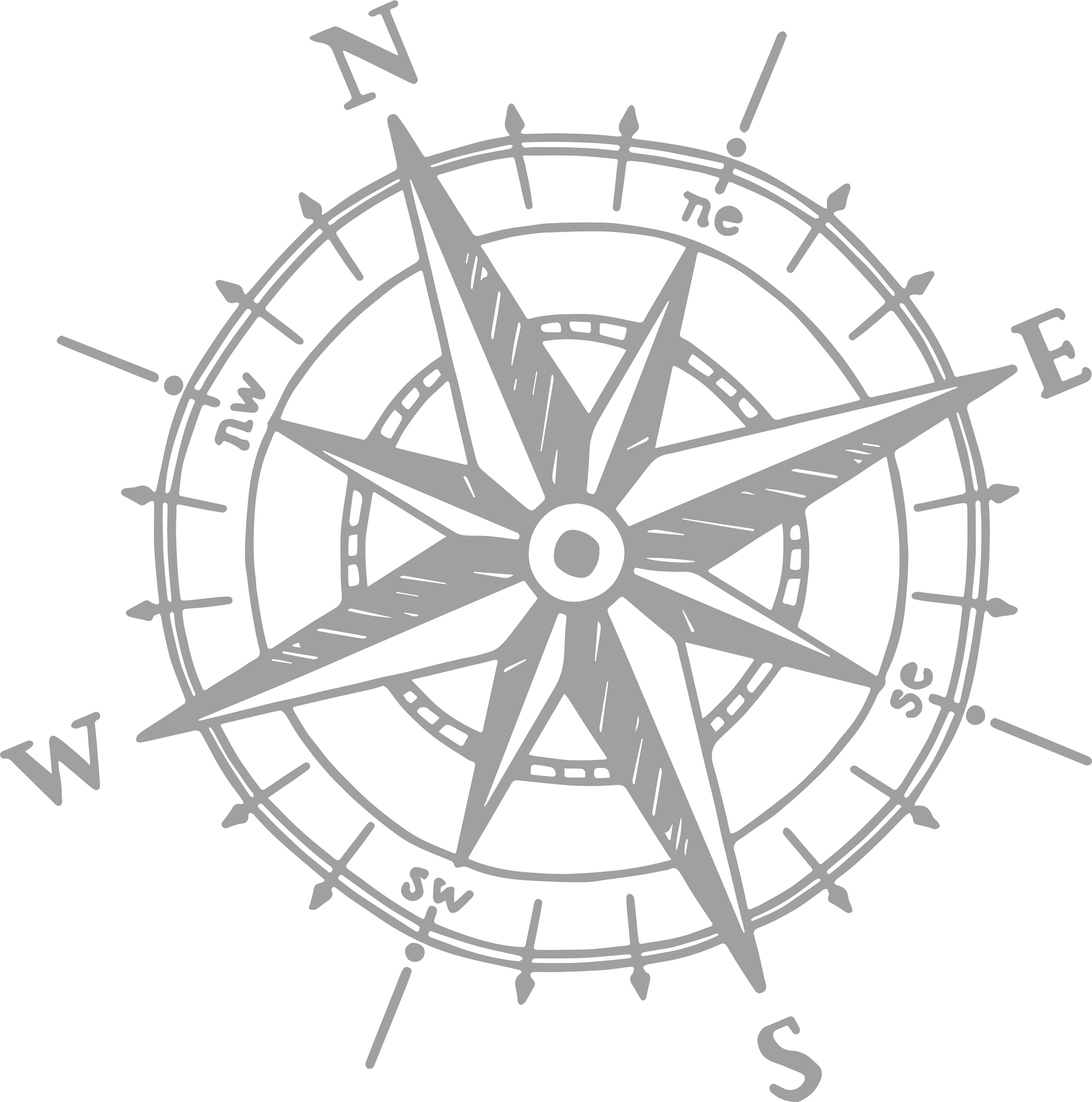
 der
derAs brothers growing up in a family of artists, the importance of form, functionality, and colour was instilled in us from an early age. Our hand-crafted sundials, created from iron, brass, marble, or wood, can be seen in a large number of private gardens and parks. We create a wide variety of highly-accurate and exquisitely-crafted sundials, whether vertical, horizontal, equatorial, azimuthal, noon-mark, or globus. Our commissions, which are both functional and beautiful, always begin with two crucial steps: first, a close collaboration to agree the unique design of the artwork, and second, the careful measurement of the chosen surface or location to ensure accuracy. We have, for years, painted our pieces “affresco”, the very same technique Michelangelo used in painting the Sistine Chapel.
You will not only take pleasure in your bespoke sundial because of its decorative value alone, but it is also ‘alive’. You will be able to tell the time and observe how the date lines move throughout the year. Sundials are among mankind’s oldest inventions and have been used for time keeping for over 4000 years. How were humans able to tell the time before clocks were invented? They observed the course of the sun in the sky by using a shadow-casting object, which showed the time of the day. The direction of the shadow cast indicates the time of the day and the length of the cast shadow the signs of the zodiac. On a vertical sundial, the shadow cast is long in spring and summer and short in autumn and winter, thus, the sundial also serves as a calendar. The dial face also shows the winter and summer solstice (21st December-21st July) as well as the equinox (21st March and 23rd September).

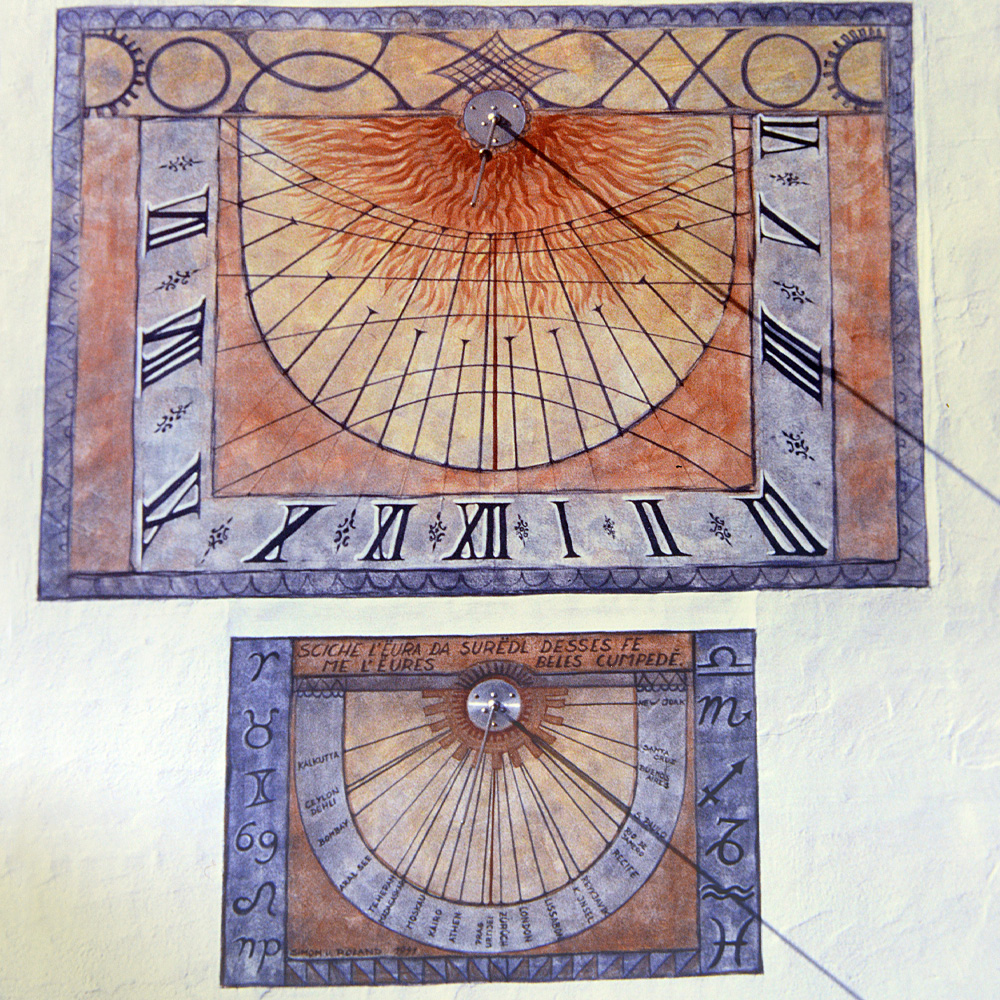
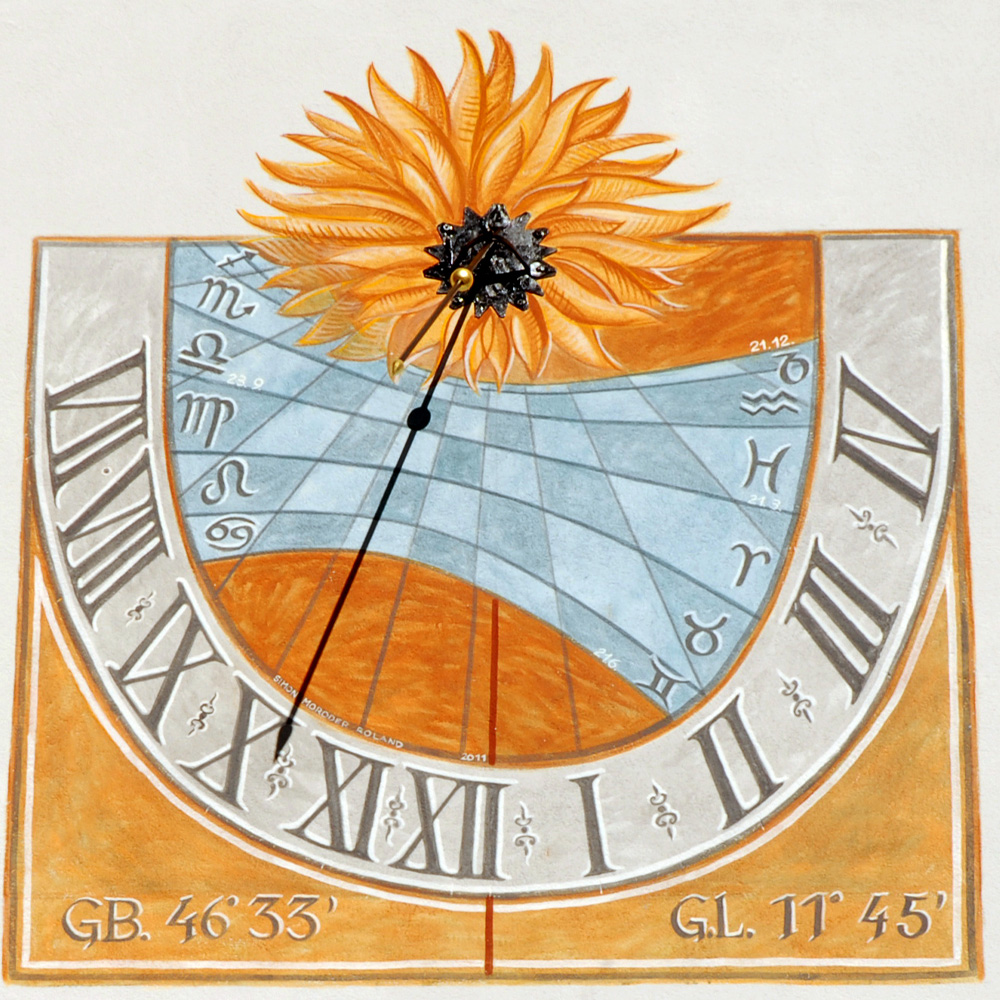

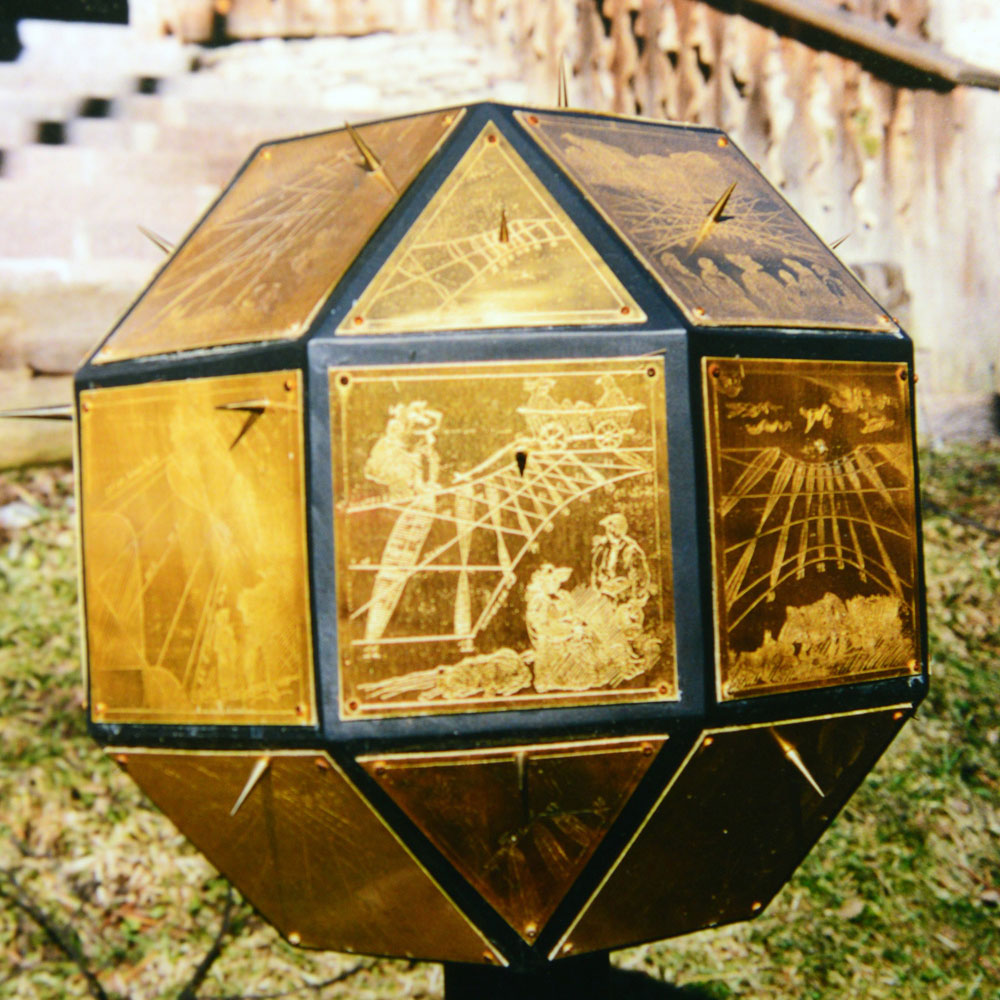
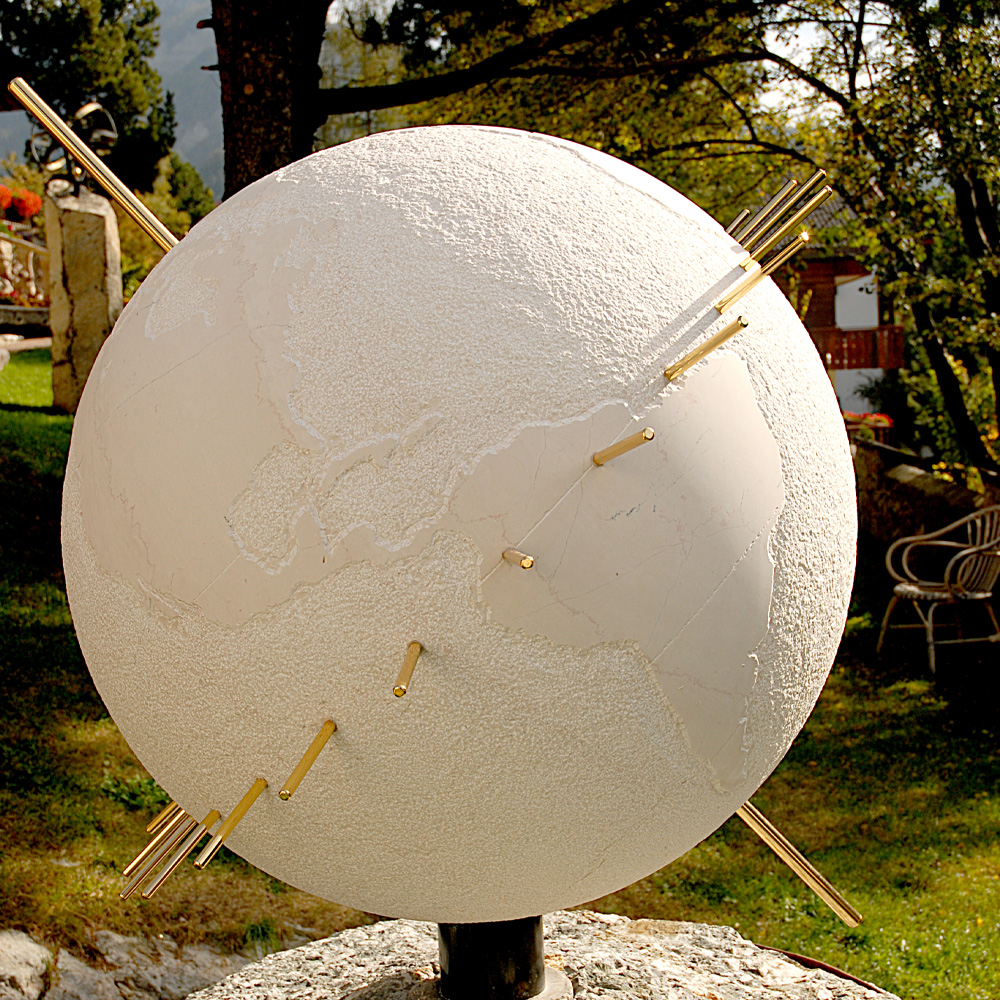

A sundial is a device that tells the time of day by using sunlight and a shadow-casting object, called a gnomon, which is often a rod. As the sun moves throughout the day, the shadow cast moves across the dial, rotating around the point where the gnomon is attached to the dial. The direction in which the shadow cast moves indicates the time of the day, while the length of the shadow cast indicates the sign of the zodiac. On a vertical sundial, the shadow cast is long in spring and summer and short in autumn and winter. During equinox, on 21st of March and 23rd of September, the sun rises exactly in the East and sets exactly in the West. Sundials are, therefore, accurate timepieces.
 Carpe Diem, Carpe Horem!
Carpe Diem, Carpe Horem!
Earth spins around its own axis like a gyroscope. And yet, we, on earth, can neither see nor feel Earth spinning. However, if we looked down on Earth from the sun, we were able to watch it spinning. A full 360° (one day) rotation takes 24hours, so every 15°equals one hour. Earth’s axis tilts in a North/South direction, pointing towards the Polar Star, which can easily be identified at night. The Terminator Line on a globe matches the Terminator Line on planet Earth. So, when looking at a globe sundial, it’s easy to identify the Eastern Terminator Line and, just when the sun sets, the Western Terminator Line. The shortest shadow falls on true noon hour line on the sundial when the sun passes over the local meridian. In other words, Earth is also a sundial.
15° LOCAL MEAN TIMEThere are different ways of calculating vertical sundials. They can be calculated empirically or drawn geometrically, although this is somewhat more complicated on facades, as very few facades are vertical, especially on older houses. The vertical sundial is by far the most popular choice. On a vertical facade, the hour lines are restricted to maximal 12 hours. Different hour lines can also be calculated, for example, in temporal, italic and Babylonic style. Usually, the Central European hour lines are applied and only the noon line (XII UHR) is marked as local time.
The paintwork is usually applied ‘affresco’ or ‘a secco’.
Garden or horizontal sundials can be crafted in various ways. They can be forged from iron or brass, but can also be made of marble or wood. For analemmatic sundials the true noon hour can be calculated over the course of a year as the noon hour line is determined by the local longitude (analemma).
Globe sundials are constructed to show the equinoxes and the summer-winter solstices. The shadow on the globe corresponds to the shadow on Earth.